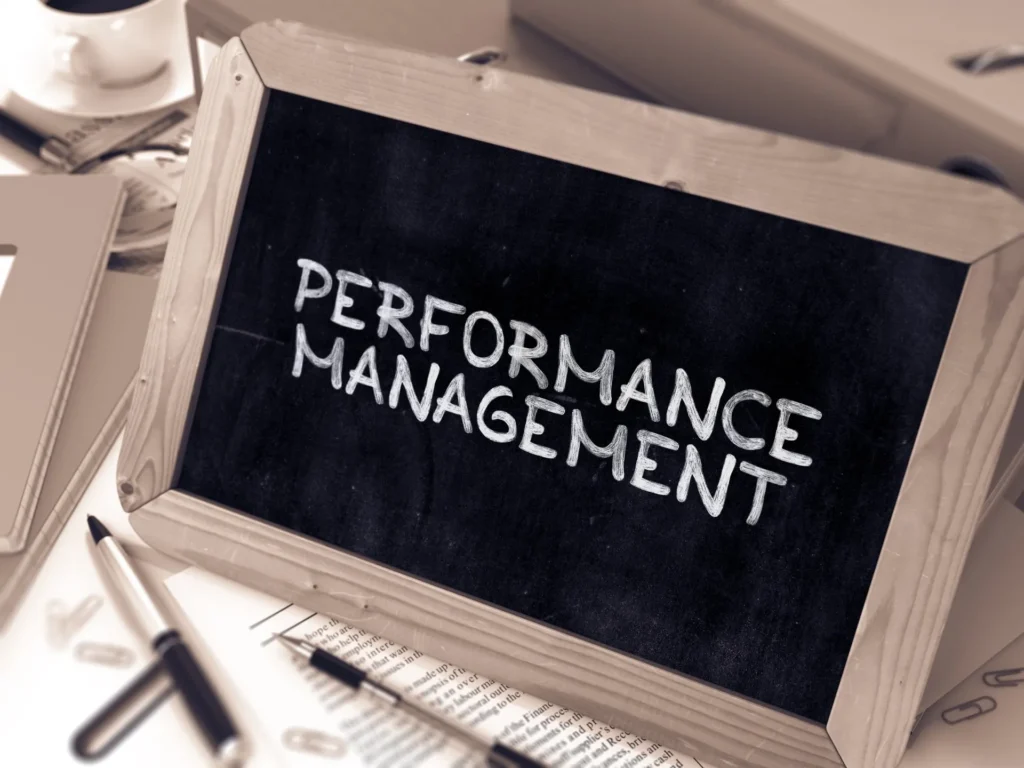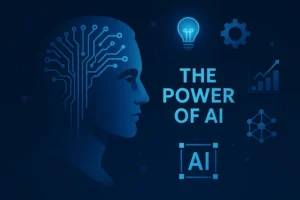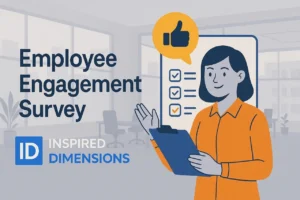Performance management is being reshaped by a convergence of factors: employees now seek coaching over control, leaders demand real-time, precise insights, regulators are intensifying privacy scrutiny, and AI tools continue to evolve rapidly. According to Deloitte’s 2025 Global Human Capital Trends survey, 72% of employees and 61% of managers report low trust in their organization’s performance management process. Rebuilding that trust—while responsibly harnessing data and AI—is a defining challenge for HR leaders. The path forward lies in transparent, responsive, and ethically grounded performance systems that put people at the centre.
1. From Annual Reviews to Real-Time Performance Conversations
Leading organizations are embracing more agile approaches—lightweight check-ins, quarterly calibrations, and post-project debriefs—to keep feedback timely and actionable. The goal is clear: shorten the distance between performance and feedback, enabling employees to adjust, improve, and grow—while the work is still in motion.
2. Redefining visibility in a hybrid workplace
In today’s distributed work environment, traditional visibility markers like office time are outdated. Leaders who prioritize “facetime” may undervalue remote employees. Modern systems use collaboration data and project outcomes to assess impact objectively. Organizations should focus on results delivered rather than hours logged, prioritizing accountability over presence.
3. Generative AI in Performance Management: From Hype to Practical Value
Generative AI is rapidly transitioning from novelty to utility in the HR domain. Platforms like LinkedIn are exploring how large language models can generate feedback summaries by analyzing project data, meeting transcripts, and customer sentiment.
For HR leaders, the opportunity lies in both deploying these tools where they add measurable value and equipping managers to combine machine-generated insights with sound human judgment. The future of performance enablement is not just AI-powered—it’s AI-enabled with human oversight at its core.
4. Agile Goal Setting for Rapid Strategy Shifts
In today’s fast-moving environment, static job descriptions and annual KPIs no longer suffice. Progressive organizations are aligning performance goals with the skills and projects most critical to current strategy. This shift enables teams to pivot up to 30% faster in response to market disruptions. Instead of waiting for year-end reviews, leading companies adopt quarterly OKRs (Objectives and Key Results) or assess progress at key project milestones. This agile approach ensures that goals remain relevant, focused on real-time value creation, and anchored in the emerging capabilities needed for future growth.
5. Redefining High Performance: Integrating Wellbeing into the Metrics
Forward-thinking organizations are expanding their definition of performance beyond traditional KPIs. Alongside revenue growth and error rates, they now track burnout risk, creativity, and collaboration quality as critical indicators of success. Emerging AI tools are beginning to offer personalized recommendations for managing workload, optimizing focus time, and scheduling restorative breaks. By embedding wellbeing into performance frameworks, companies are shifting from a culture of overwork to one of sustainable excellence—where high performance means delivering strong results without compromising health, balance, or long-term potential.
6. Equality, diversity and combating bias
Bias in performance ratings—whether based on gender, ethnicity, introversion, or proximity—undermines trust more rapidly than any other flaw. AI can play a role in mitigating this risk by identifying unusual patterns or biased language in evaluations, but only if its algorithms and training data are thoroughly audited. A truly inclusive performance management approach recognizes and rewards a broad spectrum of contributions, including relationship building, community involvement, and knowledge sharing—not just traditional metrics like quota achievement.
7. Navigating Data Privacy, Ethics, and Emerging Regulation
As organizations increasingly leverage AI and advanced analytics in workforce management, concerns around data privacy, ethical use, and regulatory compliance are front and center. Employees and regulators alike are demanding greater transparency, fairness, and accountability in how personal data is collected, processed, and applied. With global frameworks like the EU AI Act and other national data protection laws taking shape, HR leaders must proactively embed privacy safeguards, ethical guidelines, and explainability into their digital strategies.
8. Linking performance to pay—transparently
Pay-for-performance models are facing increased scrutiny—particularly when opaque calibration committees obscure how rewards are truly determined. There’s a growing shift toward transparent, formula-based incentive structures and publicly disclosed pay ranges to reduce perceptions of favoritism. By establishing clear links between performance outcomes, demonstrated competencies, and reward decisions, organizations can enhance fairness and credibility.
9. The Manager Dilemma: Expectations vs. Enablement
Many tech-enabled performance models assume that managers can effortlessly switch between coaching, calibration, career development, and culture-building—all while meeting their operational responsibilities. Recent studies reveal that two out of three managers feel ill-equipped to meet these growing demands. To close this gap, forward-thinking organizations are embedding training, AI-powered guidance, and micro-learning directly into the flow of daily work. Some are going further by introducing “manager effectiveness scores” as a core KPI—elevating leadership development from an afterthought to a strategic imperative.
10. From Appraisals to Opportunities: Activating Performance Data
Performance data is increasingly being integrated into enterprise “opportunity marketplaces”—digital platforms that use algorithms to match employees with stretch assignments, gig roles, and mentorship opportunities. When the same data drives both pay decisions and career mobility, the impact on motivation is profound. Employees begin to view performance not just as a scorecard, but as a gateway to tangible outcomes—both lateral and upward. This dual-purpose use of data transforms performance management from a retrospective process into a real-time enabler of growth and engagement.
Our Thoughts
Performance management has evolved far beyond annual forms and midyear reviews. It is now a real-time, AI-enhanced system that shapes capability, culture, and competitive advantage. Across all emerging trends, one theme stands out: trust. Employees must trust that their data is handled ethically, that metrics are fair, that feedback is constructive, and that rewards are transparent. Likewise, leaders must trust AI-generated insights enough to act on them—while maintaining accountability through sound human judgment.
When done right, performance management shifts from a compliance obligation to a self-renewing strategic asset, fueled by every feedback loop and insight.






